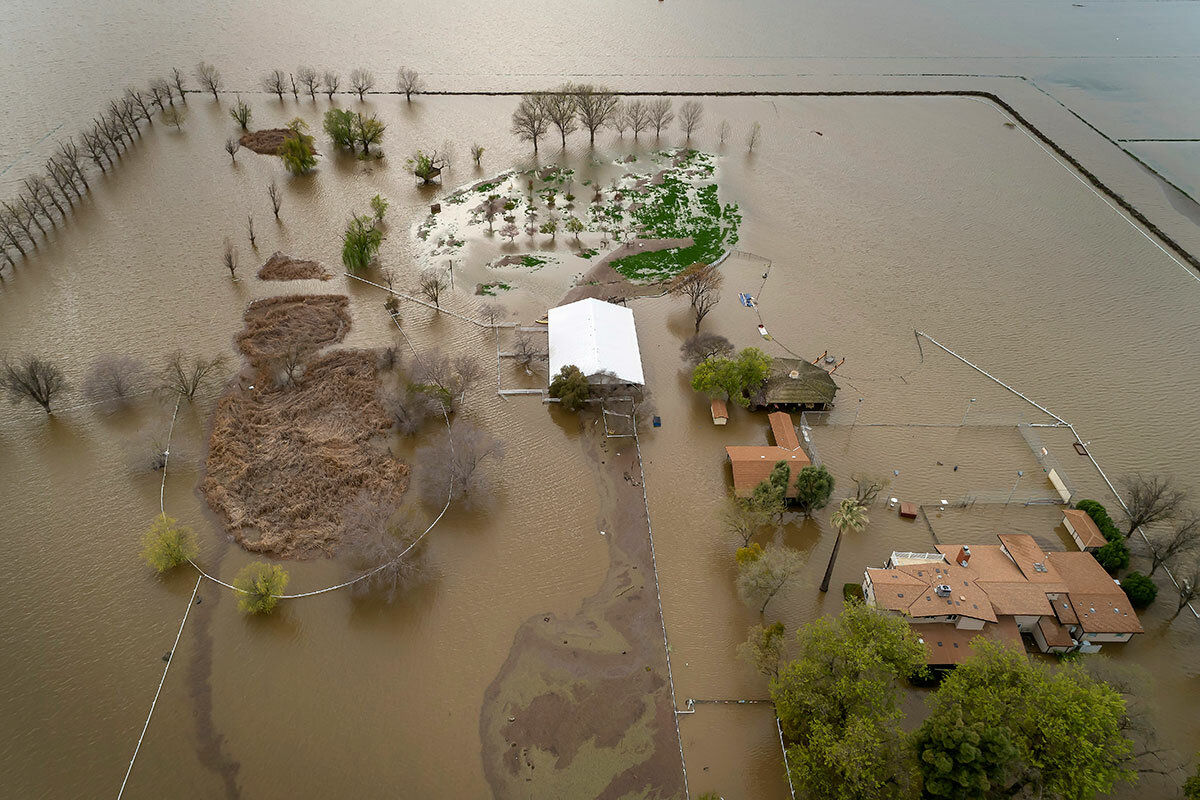As lost lake returns, a message for California’s past and future

 Mark Sappenfield
Mark Sappenfield
Tulare Lake is both a curiosity and a disaster. For now, it is a 100 square-mile bowl of waist-deep water in California’s Central Valley, submerging prime dairy farms and almond groves. With the Sierra Nevada’s record snowpack melting, the lake could double in size, threatening a town of 20,000 and a prison housing 8,000.
Tulare Lake has never entirely left. Once the United States’ largest freshwater lake west of the Mississippi, it dried up after World War II, its water gradually diverted for farms and cities. But it comes back every few decades when the snowpack runoff is heavy – the last time in 1983.
The lake is a reminder of what California once was and what perhaps it will be. For thousands of years, it was one of a necklace of marshy lakes through the now parched heart of the San Joaquin Valley, a portrait of California before it was profoundly recast by human thirst. Today, it shows the urgency of the work ahead.
“Weather whiplash” of plentiful precipitation followed by drought has always been a California thing, but meteorologists suggest it is getting worse. In a state where water is increasingly precious, how can such “big melts” be managed?
Two reservoirs there are already experimenting with new ideas, hoping to save more water while also avoiding flooding. Early results are promising, reports the LAist. In Texas, worsening flooding is leading to new “pocket prairies” in urban areas, while China is pioneering “sponge cities” that use permeable materials, rain gardens, and green roofs to absorb water. They represent new ways of thinking, and the Monitor has reported on both.
As one expert in Texas told us: “We tend to be biased towards technological solutions and engineering solutions rather than natural solutions. We don’t think of nature solving our problems.”




